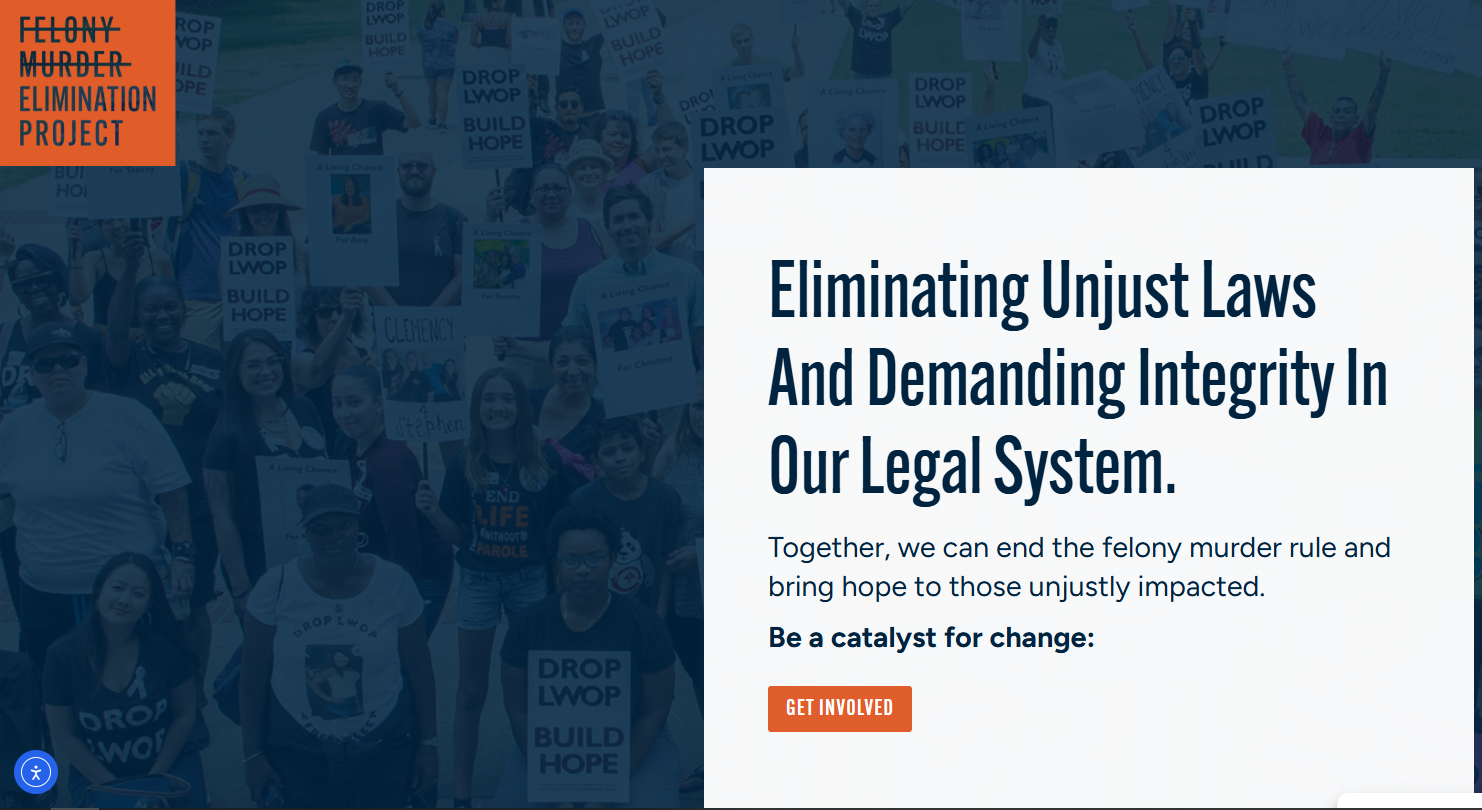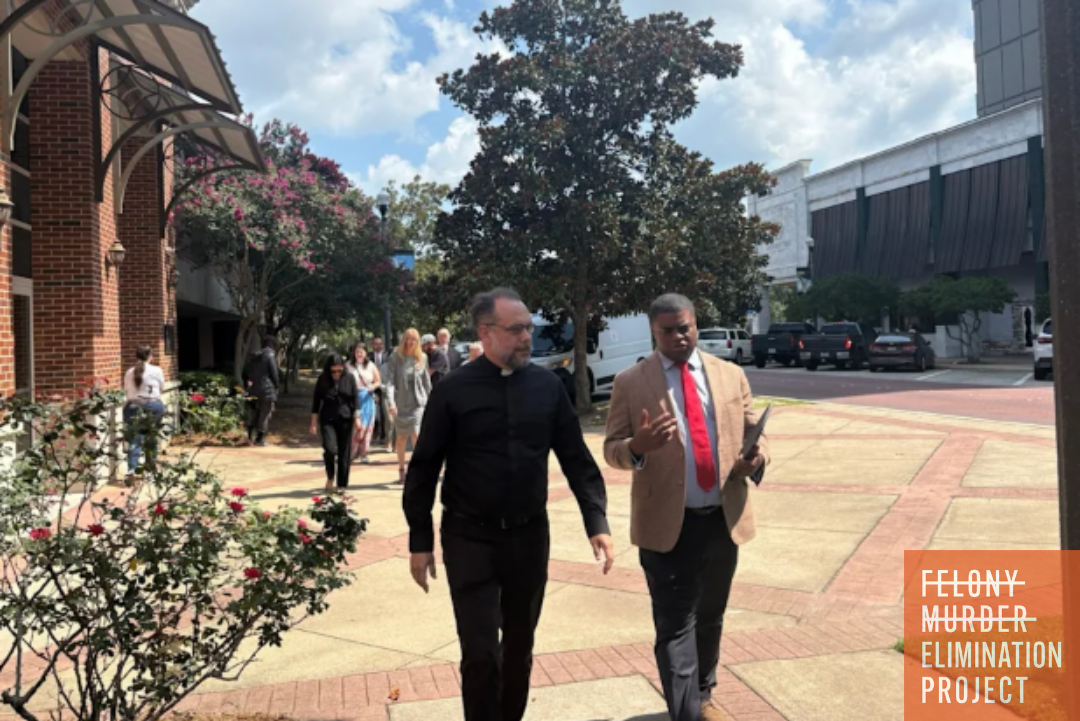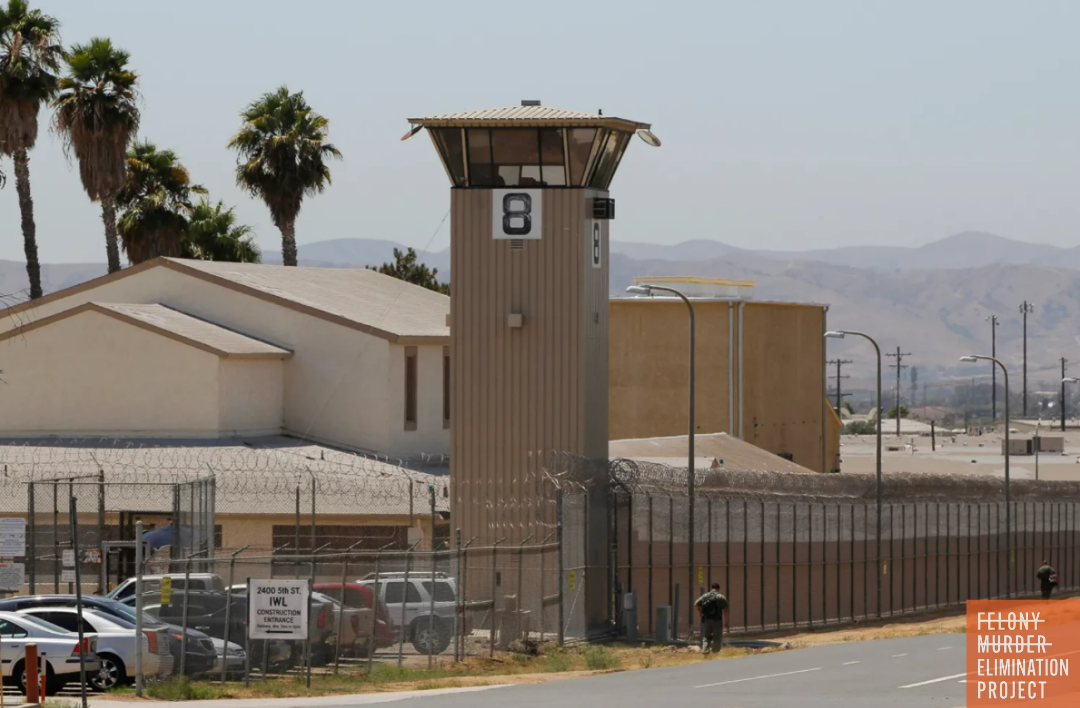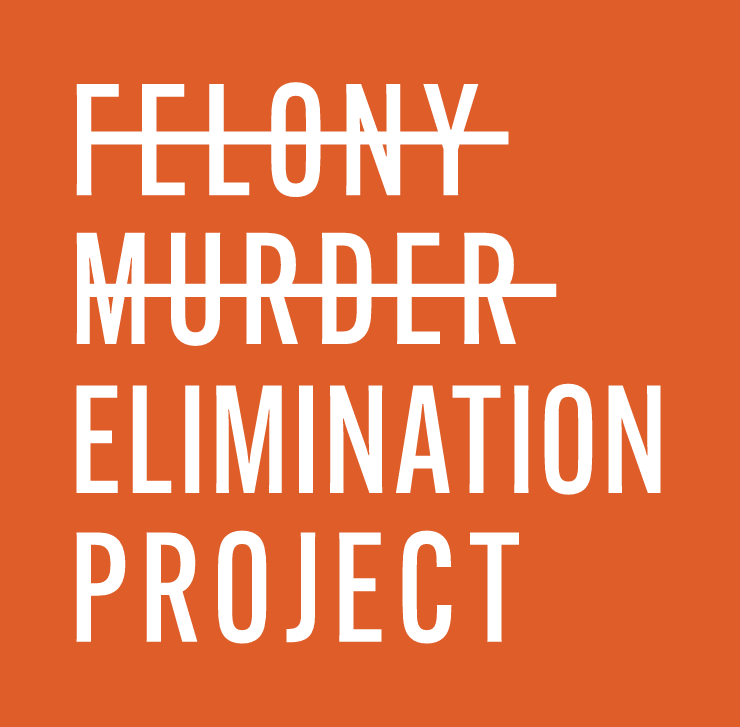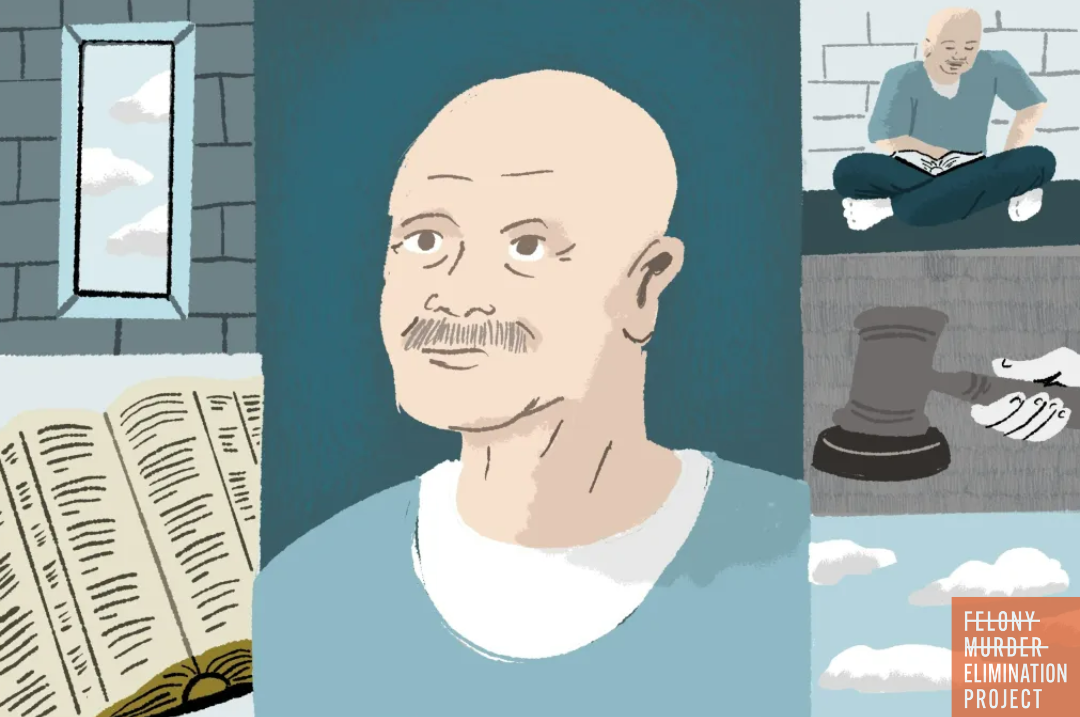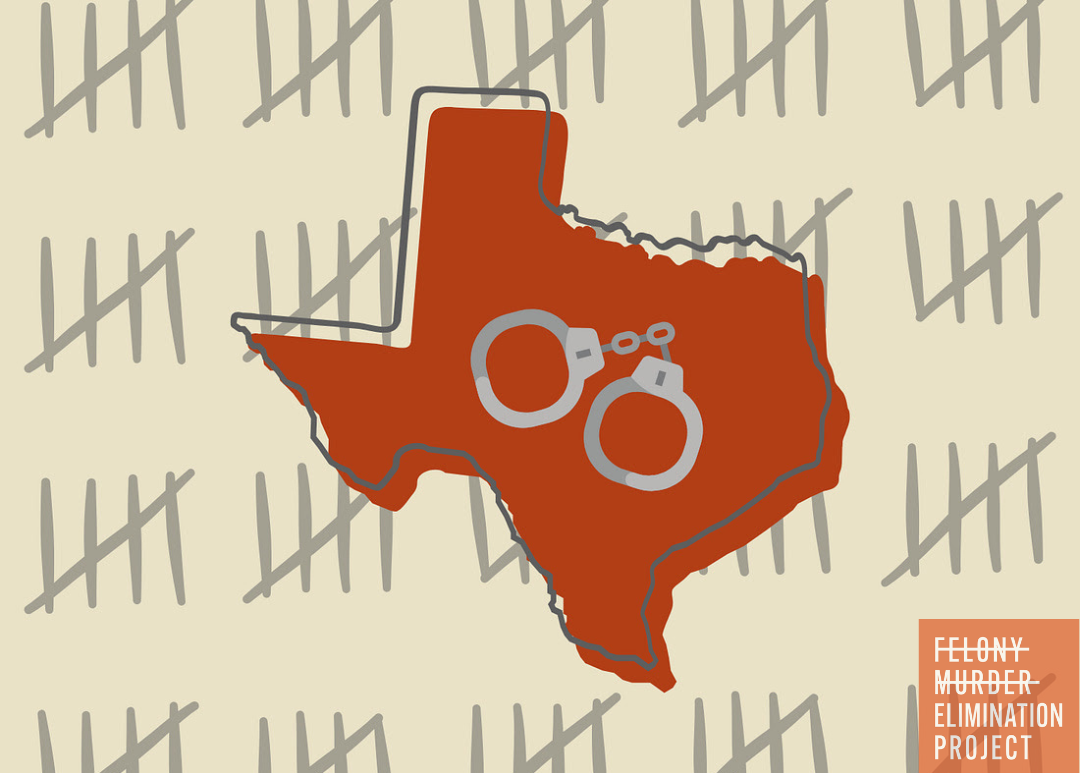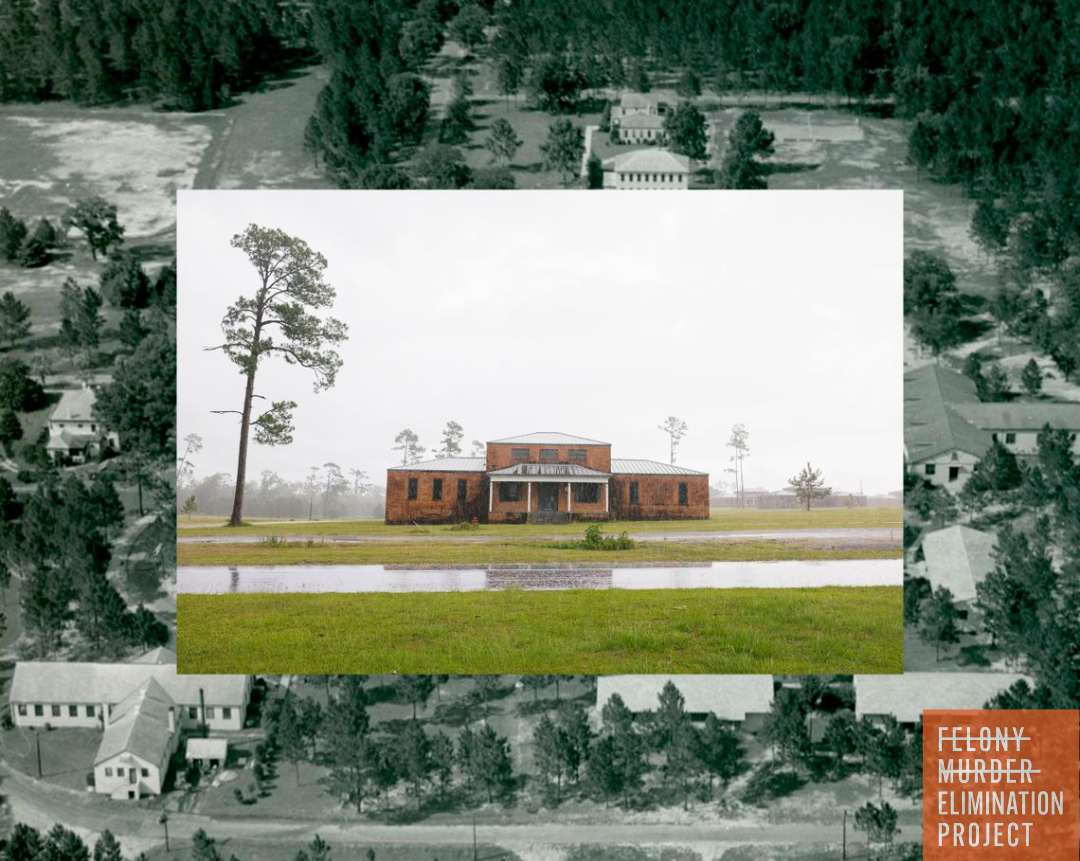Prison Yard Politics at California’s Fire Camps
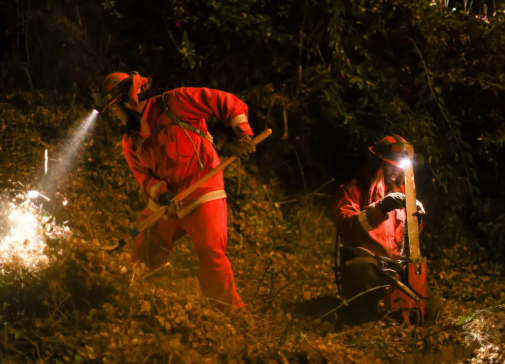
More than 900 incarcerated firefighters have responded to the wildfires in Southern California, according to California Department of Corrections and Rehabilitation officials. CDCR Secretary Jeff Macomber called the incarcerated workers an “essential” part of the state’s response. “Their commitment to protecting lives and property during these emergencies cannot be overstated,” Macomber said.
Choosing to join the CDCR Conservation (Fire) Camps Program is voluntary for incarcerated firefighters. The work can be dangerous, and even deadly, but is generally considered one of the most desirable prison jobs available in places where it is offered. It’s not uncommon to hear formerly incarcerated firefighters say that their time on the line was the most rewarding time they spent in custody.
“Sometimes we would stay at a fire for two or three weeks, and when we left, people would hold up thank-you signs. People would bring pastries, sodas or sandwiches to us. No one treated us like inmates; we were firefighters,” wrote David Desmond, an incarcerated firefighter from New York.
Though the Fire camps allow for more freedom and benefits, they also come with challenges that arise with blending two prison populations; those from general population and those deemed to have “sensitive needs” and require protective custody.
In an essay for the Prison Journalism Project, incarcerated firefighter Frank Blake (a pseudonym) writes about this unique challenge. Excerpts from the essay are below.
*****
On the one hand, fire camps allow for more freedom and benefits than a typical facility. Working as a firefighter means extra time off, cigarettes, better food and pride in your work.
For many, there is another catch: The only way to get to those fire camps is to start training at SCC (Sierra Conservation Camp), a facility that blends the two prison populations: those from general population and those deemed to have “sensitive needs” and require protective custody.
General population is exactly what it sounds like; it’s the section of a prison where most people reside. Those with sensitive needs, meanwhile, have convictions that are considered abhorrent, detestable and, most notably, punishable by what we might call convict standards. They are primarily snitches, rapists and child molesters. Some convictions, like rape and other sex offenses, make prisoners ineligible for fire training camps.
Once you’re mixed into the different dorms of SCC, there is no way to tell if someone is general population or sensitive needs unless they tell you.
When new transfers first arrive, it’s those with sensitive needs who are waiting in the hallway to ask newcomers if they plan on staying. They want to get the fighting out of the way with those that aren’t, so they don’t have to deal with unprovoked attacks later.
*****
You can read the full essay, "Prison Yard Politics at California’s Fire Camps" at the Prison Journalism Project. The Prison Journalism Project aims to bring transparency to the world of mass incarceration from the inside and training writers to be journalists, so they can participate in the dialogue about criminal legal reform.

